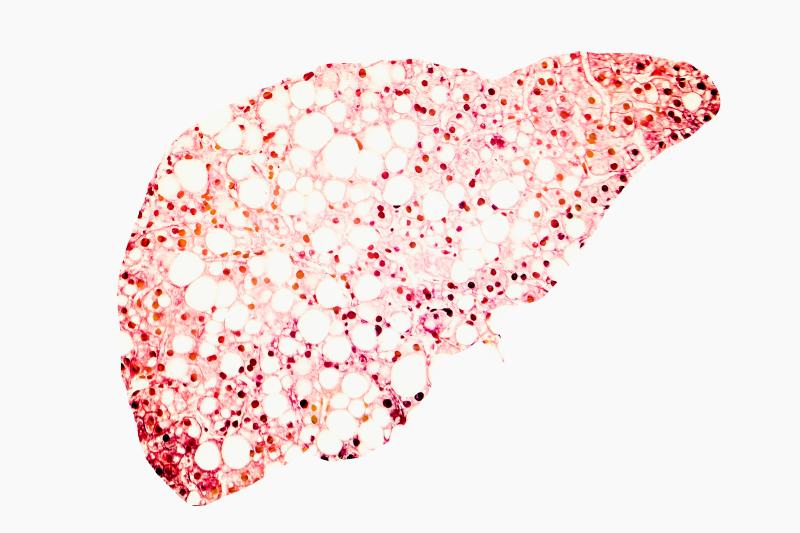
Sarcopoenia and nonalcoholic fatty liver disease (NAFLD) independently correlate with a higher risk of atherosclerotic cardiovascular disease (ASCVD), reveals a recent study.
Moreover, NAFLD with significant liver fibrosis and sarcopoenia are also significantly associated with an increased ASCVD risk in patients with NAFLD.
The authors analysed data of 7,191 individuals from the 2008–2011 Korean National Health and Nutrition Examination Surveys database. Dual-energy x-ray absorptiometry was used to calculate the sarcopoenia index.
Sarcopoenia was defined as the lowest quintile sarcopoenia index value (cutoff: 0.882 for men and 0.582 for women), while NAFLD was defined as a comprehensive NAFLD score ≥40. The fibrosis-4 (FIB-4) index was used to evaluate liver fibrosis.
Finally, the authors assessed the risk of ASCVD by using guidelines set by the American College of Cardiology/American Heart Association. High probability of ASCVD was defined as ASCVD risk >10 percent.
NAFLD prevalence stood at 31.2 percent (n=2,241), while that of sarcopoenia was 19.5 percent (n=1,400). The quartile-stratified ASCVD risk scores positively correlated with NAFLD and sarcopoenia (ptrend<0.001 for all).
The risk for high probability of ASCVD was higher (odds ratio [OR], 1.83; p=0.014) among participants with both NAFLD and sarcopoenia than controls without NAFLD and sarcopoenia.
In addition, FIB-4–defined significant liver fibrosis and sarcopoenia increased the risk for high probability of ASCVD (OR, 3.56; p<0.001) in patients with NAFLD compared with controls without FIB-4–defined significant liver fibrosis or sarcopoenia.
“NAFLD and sarcopenia have a close association with an increased risk of ASCVD,” the authors noted.